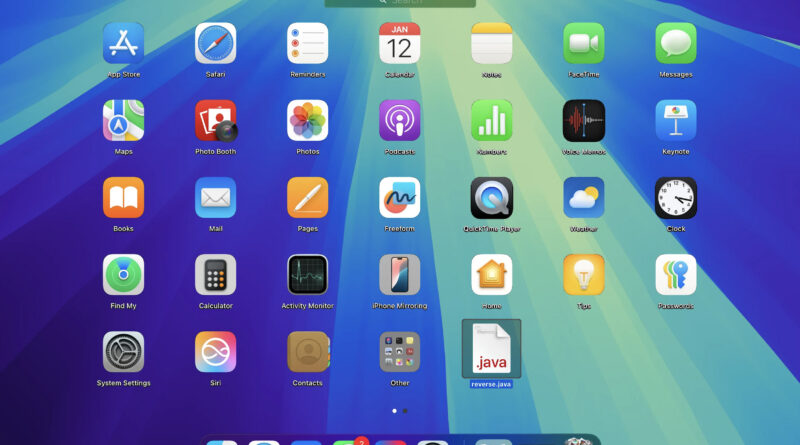MacOS 16: A Bold Leap or Just More of the Same?
There’s a palpable buzz in the air as WWDC approaches, and while the anticipation surrounding macOS 16 is infectious, it also invites a fair share of skepticism. Every year, Apple promises a transformative update, but will this iteration truly break new ground, or are we simply being served another polished upgrade with recycled ideas?
A Design Overhaul That’s All Hype?
Rumors hint at a radical redesign for macOS 16, with whispers of circular icons, translucent menus, and a unified aesthetic that borrows heavily from visionOS. For some, these tweaks signal a refreshing shift—a much-needed modernization that could finally bridge the visual gap between macOS, iOS, and iPadOS. But one must ask: are these changes substantive or merely superficial cosmetic adjustments designed to mask deeper issues? While I appreciate Apple’s relentless drive for innovation, history has taught us that design changes alone rarely translate into a fundamentally improved user experience.
The Elusive Promise of Apple Intelligence
Another major point of debate is Apple’s much-touted push towards advanced intelligence features, notably through a revamped Siri and other AI integrations. Here, the road ahead appears murky. After years of gradual, almost glacial progress—and now legal challenges over delayed features—it’s hard not to wonder if Apple’s ambitions are overreaching. If the promised enhancements continue to be deferred, possibly to 2026 or even 2027, what’s the cost to consumer trust? It seems that in the race to perfect the perfect AI, Apple may be sacrificing its reliability and reputation in the process.
Compatibility: Who Gets Left Behind?
Every new macOS release comes with its own set of compatibility woes. With macOS 16, early reports suggest a potential shift away from Intel-based Macs, further accelerating the transition to Apple Silicon. For long-time users still holding onto older hardware, this could be a bitter pill to swallow. While progress is necessary, the question remains: should Apple abandon support for a significant portion of its user base in the relentless pursuit of innovation? It’s a decision that could divide loyal customers and force many into an upgrade they’re not ready for.
The Beta Testing Dilemma
On the bright side, the continued emphasis on beta testing remains a silver lining for enthusiasts who relish the chance to get an early taste of upcoming features. The ease with which developers and curious users can now join the Apple Beta Software Program speaks to a more inclusive and transparent development process. Yet, with any beta comes the inevitable pitfalls—bugs, instability, and the frustration of unfinished software. It’s a trade-off that early adopters must carefully weigh.
In Conclusion: The Future Is Uncertain
macOS 16 is poised to redefine what we expect from our operating systems—at least on paper. But as with every headline-grabbing update from Apple, there’s a fine line between genuine innovation and polished reinvention. While the promise of a cohesive design overhaul and enhanced intelligence features is undeniably alluring, Apple’s track record with delayed functionalities and selective hardware support gives us plenty of reason for caution.
Ultimately, whether macOS 16 will be a bold leap into the future or simply another incremental update remains to be seen. As consumers, we must stay vigilant, demand accountability, and hope that Apple’s ambitious roadmap truly lives up to the hype, rather than leaving us with yet another round of unfulfilled promises.

